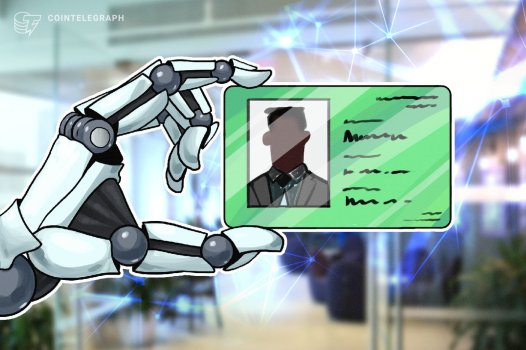How A.I. is being used as a tool for innovation, not just efficiency
- Technology Solutions
- 0 Replies
An elevator that always seems to be there when you need it. A dentist who rarely, if ever, misses scarcely noticeable cavities. A travel website that books an entire ideal vacation with minimal effort on your part. These are just some of the barely perceptible ways that artificial intelligence is helping to make people’s lives easier and allowing companies to both increase efficiency and innovate.
The above examples were among many discussed at Fortune’s virtual roundtable discussion, Leading With A.I., on Wednesday, with C-suite leaders from a wide range of sectors detailing their companies’ use of this technology, now and in the future. Much of the talk was spurred by a recent Accenture survey of executives on A.I., which showed that companies who invested in this area were much more likely to experience higher revenue and share prices.
Of the 1,600-plus companies surveyed, only 12% were considered to have achieved “A.I. Maturity,” which Accenture defines as having “mastered A.I.-related capabilities in the right combination to achieve high performance for customers, shareholders, and employees.” They expect that number to increase to 27% by 2024, mainly because these businesses have seen, on average, 50% higher growth in revenue over firms that are slower to develop their artificial intelligence capabilities.
Many of the executives participating in the roundtable emphasized the ways that A.I. is allowing them to go beyond efficiency-improving and time-saving tasks to predict and avoid issues that could negatively impact their customers. Visa, for example, is continually updating its deep-learning systems to flag fraudulent transactions, preventing a staggering $26 billion in worldwide losses per year while also reducing the amount of mistakenly declined payments by 30%. According to Visa’s senior director and head of government advisory, Michael Nunes, this goes beyond just standard credit card use.
Continue reading: https://fortune.com/2022/06/08/artificial-intelligence-innovation-efficiency/
The above examples were among many discussed at Fortune’s virtual roundtable discussion, Leading With A.I., on Wednesday, with C-suite leaders from a wide range of sectors detailing their companies’ use of this technology, now and in the future. Much of the talk was spurred by a recent Accenture survey of executives on A.I., which showed that companies who invested in this area were much more likely to experience higher revenue and share prices.
Of the 1,600-plus companies surveyed, only 12% were considered to have achieved “A.I. Maturity,” which Accenture defines as having “mastered A.I.-related capabilities in the right combination to achieve high performance for customers, shareholders, and employees.” They expect that number to increase to 27% by 2024, mainly because these businesses have seen, on average, 50% higher growth in revenue over firms that are slower to develop their artificial intelligence capabilities.
Many of the executives participating in the roundtable emphasized the ways that A.I. is allowing them to go beyond efficiency-improving and time-saving tasks to predict and avoid issues that could negatively impact their customers. Visa, for example, is continually updating its deep-learning systems to flag fraudulent transactions, preventing a staggering $26 billion in worldwide losses per year while also reducing the amount of mistakenly declined payments by 30%. According to Visa’s senior director and head of government advisory, Michael Nunes, this goes beyond just standard credit card use.
Continue reading: https://fortune.com/2022/06/08/artificial-intelligence-innovation-efficiency/
























